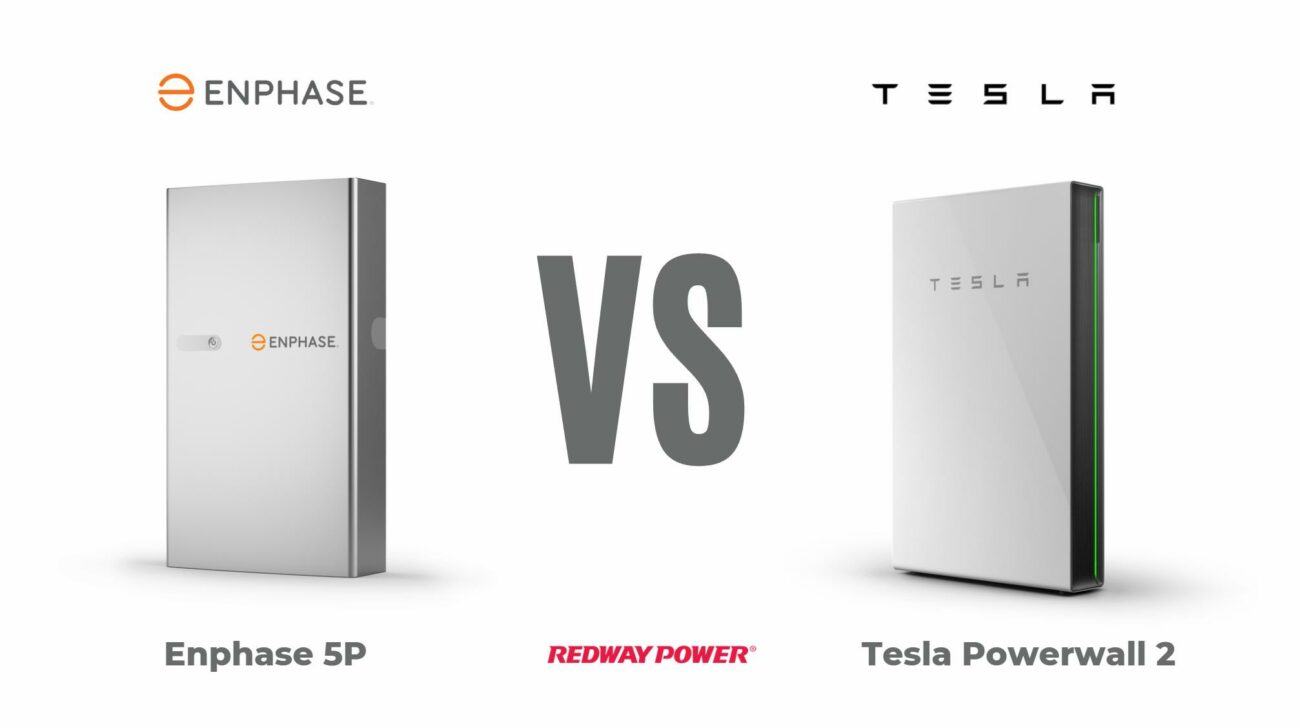The Powerwall 3 offers several enhancements over the Powerwall 2, including increased energy capacity, improved efficiency, and a more compact design. The Powerwall 3 has a capacity of 13.5 kWh, similar to its predecessor, but features better integration with solar systems and advanced software for monitoring and management, making it a more robust solution for energy storage.
Overview of Tesla Powerwall Systems
Tesla’s Powerwall systems have revolutionized energy storage for residential applications. As homeowners increasingly seek sustainable energy solutions, understanding the differences between the Powerwall 2 and Powerwall 3 is crucial for making informed decisions about energy management. This article will explore the key distinctions between these two models, focusing on their specifications, performance, and applications.
1. Energy Capacity and Output
One of the primary factors in comparing the Powerwall 2 and Powerwall 3 is their energy capacity:
- Powerwall 2:
- Capacity: 13.5 kWh
- Continuous Output: 5 kW
- Peak Output: 7 kW
- Powerwall 3:
- Capacity: 13.5 kWh
- Continuous Output: 9.6 kW
- Peak Output: 22 kW
While both models maintain the same energy capacity, the Powerwall 3 significantly increases continuous output, allowing it to support more demanding appliances and systems.
2. Efficiency Ratings
Efficiency is a critical aspect of any energy storage system:
- Powerwall 2:
- Round-Trip Efficiency: Approximately 90%
- Powerwall 3:
- Round-Trip Efficiency: Approximately 93%
The improved efficiency in the Powerwall 3 means that more of the stored energy can be used effectively, reducing waste and enhancing overall performance.
3. Design and Installation
The design of both models affects installation and usability:
- Powerwall 2:
- Dimensions: Approximately 45.3 inches x 29.6 inches x 5.5 inches
- Weight: Around 214 pounds
- Powerwall 3:
- Dimensions: More compact design for easier installation.
- Weight: Slightly lighter than Powerwall 2.
The Powerwall 3’s design improvements facilitate easier installation, especially in tight spaces or when wall mounting.
4. Software and Monitoring Features
Both models come with advanced software capabilities; however, there are notable enhancements in the Powerwall 3:
- Powerwall 2:
- Basic monitoring through Tesla app.
- Powerwall 3:
- Enhanced monitoring features with real-time data analytics.
- Improved integration with solar systems for optimized energy usage.
These software upgrades allow users to better manage their energy consumption and maximize savings.
5. Compatibility with Solar Systems
Compatibility with solar power systems is essential for maximizing energy efficiency:
- Both models can be integrated with solar panels, but the Powerwall 3 offers improved compatibility with various inverter systems, allowing for greater flexibility in installation.
6. Warranty and Lifespan
Warranty terms can influence purchasing decisions:
- Powerwall 2:
- Warranty: Up to 10 years with a capacity retention guarantee of at least 70%.
- Powerwall 3:
- Warranty: Similar terms but with enhanced performance guarantees due to improved technology.
Both models are designed to last for many years, but the advancements in the Powerwall 3 may provide additional peace of mind regarding longevity and performance.
Comparative Overview of Powerwalls
| Feature | Powerwall 2 | Powerwall 3 |
|---|---|---|
| Capacity | 13.5 kWh | 13.5 kWh |
| Continuous Output | 5 kW | 9.6 kW |
| Peak Output | 7 kW | 22 kW |
| Round-Trip Efficiency | ~90% | ~93% |
| Dimensions | Larger | More compact |
| Warranty | Up to 10 years | Enhanced performance guarantee |
Latest News
- Tesla recently announced updates to its battery technology that improve efficiency and performance across its product lines, including both Powerwall models.
- The increasing demand for home battery storage solutions has led to innovations in battery management systems that optimize performance based on real-time data.
- Regulatory changes are encouraging homeowners to adopt solar energy solutions paired with battery storage systems like the Tesla Powerwalls.
Redway Expert Comment
In our extensive experience at Redway Battery, we recognize that both the Powerwall 2 and Powerwall 3 offer significant benefits for residential energy storage. However, the advancements in output capacity and efficiency in the Powerwall 3 make it a superior choice for homeowners looking to maximize their energy independence. As technology continues to evolve, we look forward to providing even more innovative solutions tailored to our customers’ needs.”
Conclusion
The differences between the Tesla Powerwall 2 and Powerwall 3 highlight significant advancements in battery technology that enhance performance, efficiency, and usability. With higher continuous output, improved efficiency ratings, and better integration capabilities, the Powerwall 3 stands out as an excellent choice for those looking to invest in residential energy storage solutions. Understanding these distinctions will help consumers make informed decisions that align with their energy needs as they transition towards more sustainable living practices.



